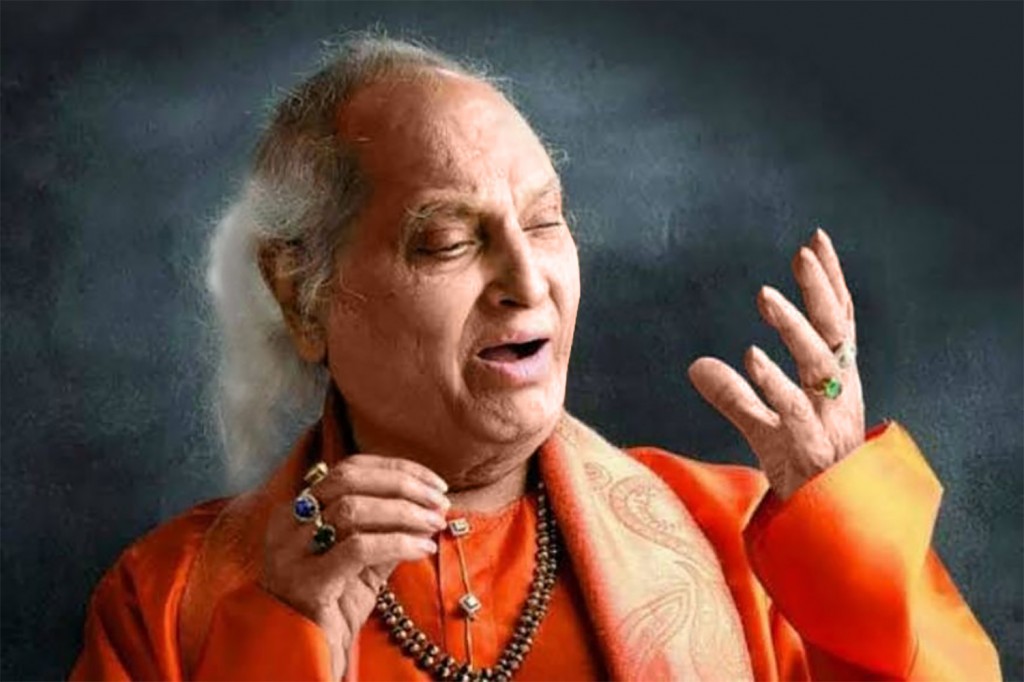
For Hindustani music lovers with Hyderabad connections, the sixties and seventies of the last century were a golden era of sorts, with high quality concerts on offer at the Health League grounds and other open-air venues in the twin cities, as well as the modern Ravindra Bharati auditorium. And if you happened to be friends with local musicians, you enjoyed the bonus of attending chamber concerts and weekly Guruvar recitals in the humble homes of musicians paying homage to the gurus they venerated.
You could then run into local musicians of the calibre of Malini Rajurkar or Bhimshankar Rao there. A young duo, Girish Wazalwar and Chandrasekhar Swami, sometimes made surprise appearances at the Guruvar soiree — though not really a surprise, as they usually accompanied their guru Pandit Jasraj, performing at the annual Pandit Motiram Punyatithi concerts, which later evolved into the Pt Motiram-Pt Maniram Samaroh, a yearly tribute to the memory of both Jasraj’s father and his brother-guru.
Suffering from a rasping cough and sore throat at the start of a concert, Jasraj opened with an apology to the audience and a request to be allowed some leeway while getting warmed up. Fifteen minutes was all it took for him to emerge out of that depressing start.
In the 1970s, we were treated to the brothers Maniram and Jasraj singing together, sometimes accompanied by the middle brother Pratap Narayan. The Hyderabad audience was a knowledgeable one, capable of appreciating what each of the three brothers brought to the table, but was keenly aware that it was in the presence of a very special talent in the youngest of them. The amazing range of his strong, malleable voice spanning three octaves, the depth of his raga explorations, his control over rhythm and his dramatic body language that combined surrender to the music and showmanship in almost equal measure revealed a megastar in the making. The enchanted listeners knew that they were privileged to witness a new sensation on the horizon. His renditions of ragas like Jog, Adana (featuring the famous Mata Kalika) and Bhairavi were trance-inducing, and you went home in a daze, the music echoing in your heart and mind for days after.
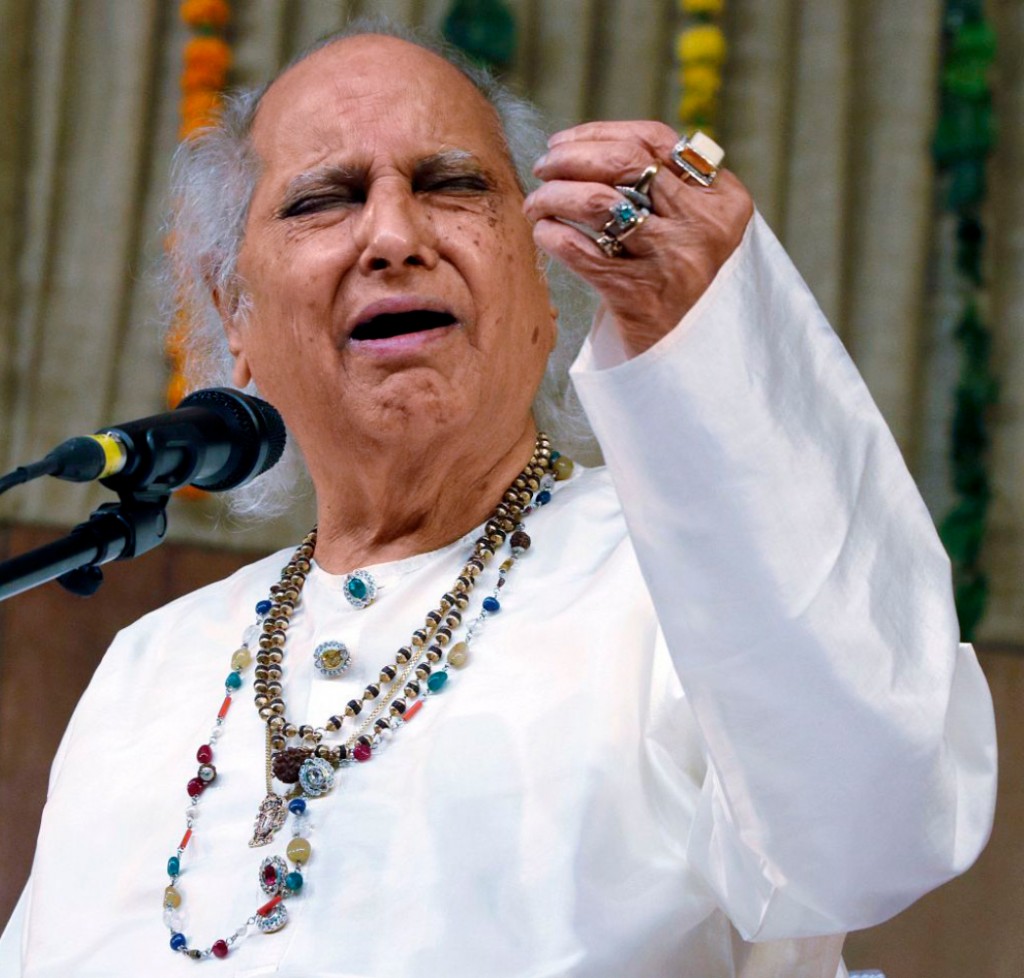
The purists initially critiqued his borrowing of elements from other gharanas or schools of Hindustani music, his flair for thumri, his involvement in the semi-classical haveli music, his increasing injection of the devotional quotient into what was essentially art music, his Jasrangi male-female jugalbandi. Eventually, his charisma and masterly communication with the vast majority of listeners led to Jasraj becoming arguably the best known vocalist of his genre after Amir Khan and Bhimsen Joshi.
His renditions of ragas like Jog, Adana (featuring the famous Mata Kalika) and Bhairavi were trance-inducing, and you went home in a daze, the music echoing in your heart and mind for days after.
All that was in the future, but that decade or so, when many of us discovered a maestro in the making, was, in my view, the apogee of his music, pure and uncluttered by considerations other than sheer musicality. The magic of that phase was perhaps rarely captured in the decades that followed, though he did cast a spell every now and then, inspired by his muse of the moment.

One memorable concert in the 1980s took place at the Kalakshetra auditorium, where, the presence of Rukmini Devi Arundale in the front row, was the impetus he needed to reach deep within himself to produce some otherworldly musicianship. Jasraj had been known as a boy to care deeply for his mother whose tired feet he would press at the end of a long day with a devotion unusual in one so young. In Rukmini Devi, he self-confessedly saw his own late mother. This yearning for that umbilical link seemed to be a recurring motif in his life, perhaps deeply reflected in his emotion-packed rendering of Mata kalika.
Bhimsen Joshi was once said to have acknowledged to young Jasraj how close he was to reaching the senior’s level of accomplishment; and that was high praise indeed.
Another Chennai concert, in the new millennium, at Sri Krishna Gana Sabha, was to reveal the steely resolve of the stalwart musician he was, and the triumph of decades of discipline and hard work over fatigue and illness. It was being whispered that Panditji was past his best, that his voice had lost its malleability; and he had a rasping cough and a rock-hard sore throat at the start of the concert. He could barely speak as he opened with an apology to the audience and a request to be allowed some leeway while getting warmed up. Fifteen minutes was all it took for vintage Jasraj to emerge out of that depressing start. It was unbelievable, but aren’t great artists known to perform such miracles? Something similar had happened to M S Subbulakshmi at a UN concert years earlier, and like M S then, Jasraj attributed the miracle to a higher power.
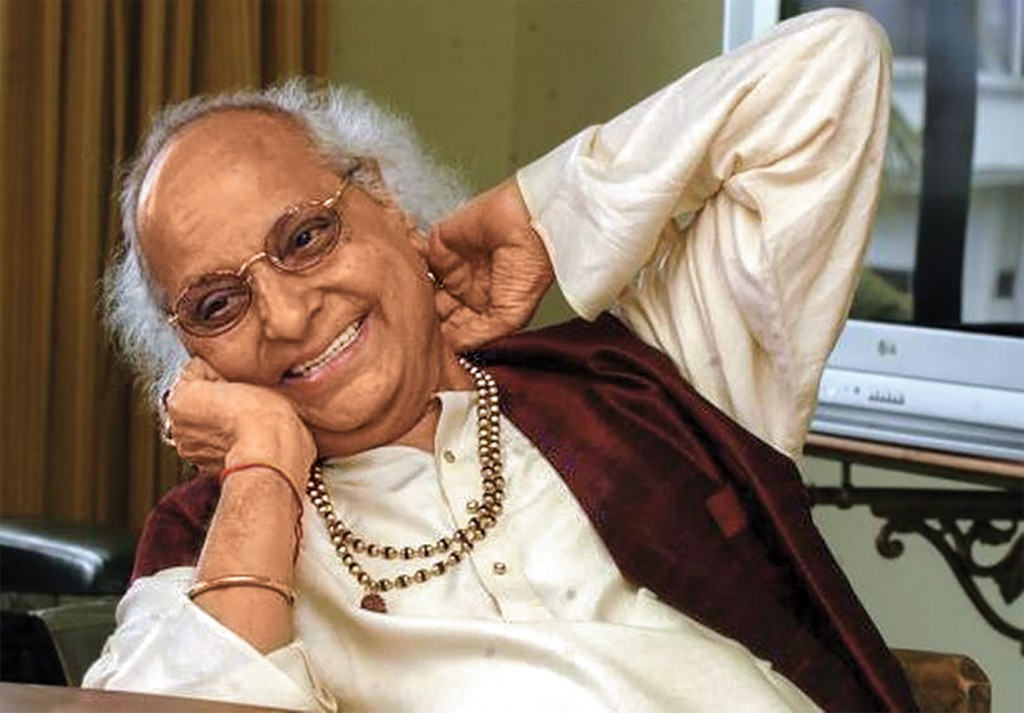
Born in Pili Mandori, a village in what is now the Fatehabad district of Haryana, Jasraj spent his childhood years in the Nizam’s state of Hyderabad, where his father Motiram Pandit was a Hindustani classical vocalist, on the verge of joining Nawab Mir Osman Ali Khan as his court musician, when he passed away in 1934. Jasraj was just four. Motiram Pandit had earlier been a musician in the court of Raja Pratap Singh of Kashmir.
Jasraj had been known as a boy to care deeply for his mother and in Rukmini Devi Arundale, he self-confessedly saw his own late mother.
From Hyderabad, Jasraj often travelled to Sanand in Gujarat to study music in the Mewati gharana to supplement his lessons from eldest brother Maniram. He also learnt to play the tabla from brother Pratap Narayan. In 1946, he moved to Calcutta, where he began his music career as a tabla accompanist to his vocalist brother-guru Maniram. Friends who felt he was wasting his vocal talent persuaded Jasraj to discard the tabla and focus on becoming a concert vocalist. Like many great names in Indian music, Jasraj started his singing career with All India Radio. His stage debut came as late as 1952 when he sang at the royal court in Kathmandu. Gradually, his career started to flourish and he never looked back. In addition to Maniram, he also benefited from the tutelage of Jaiwant Singh Waghela and Gulam Qadir Khan of the Mewati gharana, as well as Swami Vallabhdas Damulji of the Agra gharana. In 1962, he married Madhura, daughter of film director V Shantaram, moving to Bombay soon afterwards. Followed the most productive years of his life as a musician.
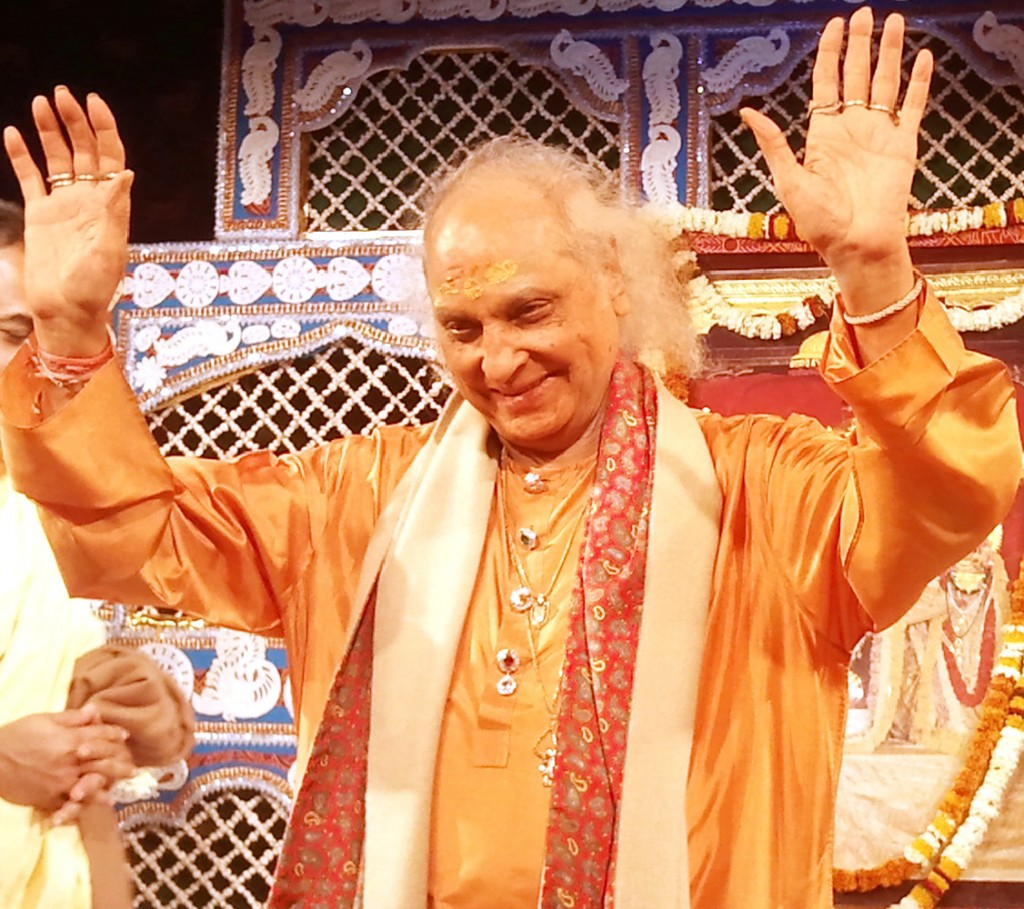
In a career spanning 75 years, Jasraj constantly expanded his repertoire, inspired young musicians, collaborated with a variety of musicians across India, mentored many disciples, taught and performed tirelessly across the globe, and became a towering, revered figure in his field. The bhakti element became a prominent part of his music making, with slokas and devotional verses dominating the content of his offerings on stage and his recordings. Yet there was, in his music during his forties and fifties, something even more deeply spiritual than in all the devotional compositions that earned him countless followers in the years that followed.
As editor of Sruti magazine, I came to see a little known side of Jasraj when I had the pleasure of publishing an article of personal reminiscences by T S Ananthu, a Tamil, who grew up in Calcutta. His brother and sisters learnt music from young Jasraj, then living there with Pandit Maniram. Often visiting his pupils’ home after strenuous late-night riyaz, Jasraj would drop off to sleep while the sishyas were practising. The girls put up a sign on the divan that said: “Sofa par sona mana hai.” Jasraj coolly ignored the sign and went to sleep on the sofa anyway, and burst into song with those very words when woken up!
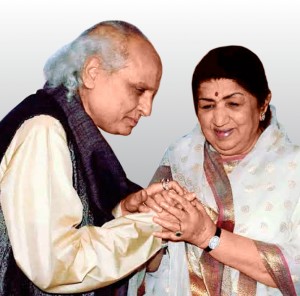
On a visit to Mumbai many years later, Ananthu’s mother tried to contact Jasraj but left only her name, not her phone number after failing to reach him. The year was 1988, and Jasraj was already a star with a huge fan following, but moved heaven and earth to trace her local address and visit his old Calcutta friend “Mrs Subramaniam”.
Bhimsen Joshi was once said to have acknowledged to young Jasraj how close he was to reaching the senior’s level of accomplishment; and that was high praise indeed. All his life, Jasraj strove for that level of achievement and acceptance. With the title of Sangit Martand, the award of Padma Vibhushan and the several other honours conferred on him, his cult figure status, and a loving family and adoring disciples, the veteran indeed walked tall.
The writer is an author and former editor of Sruti magazine






